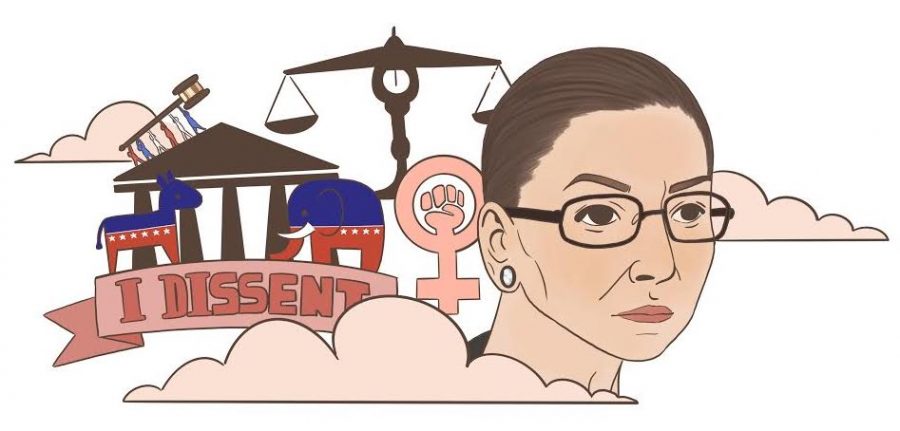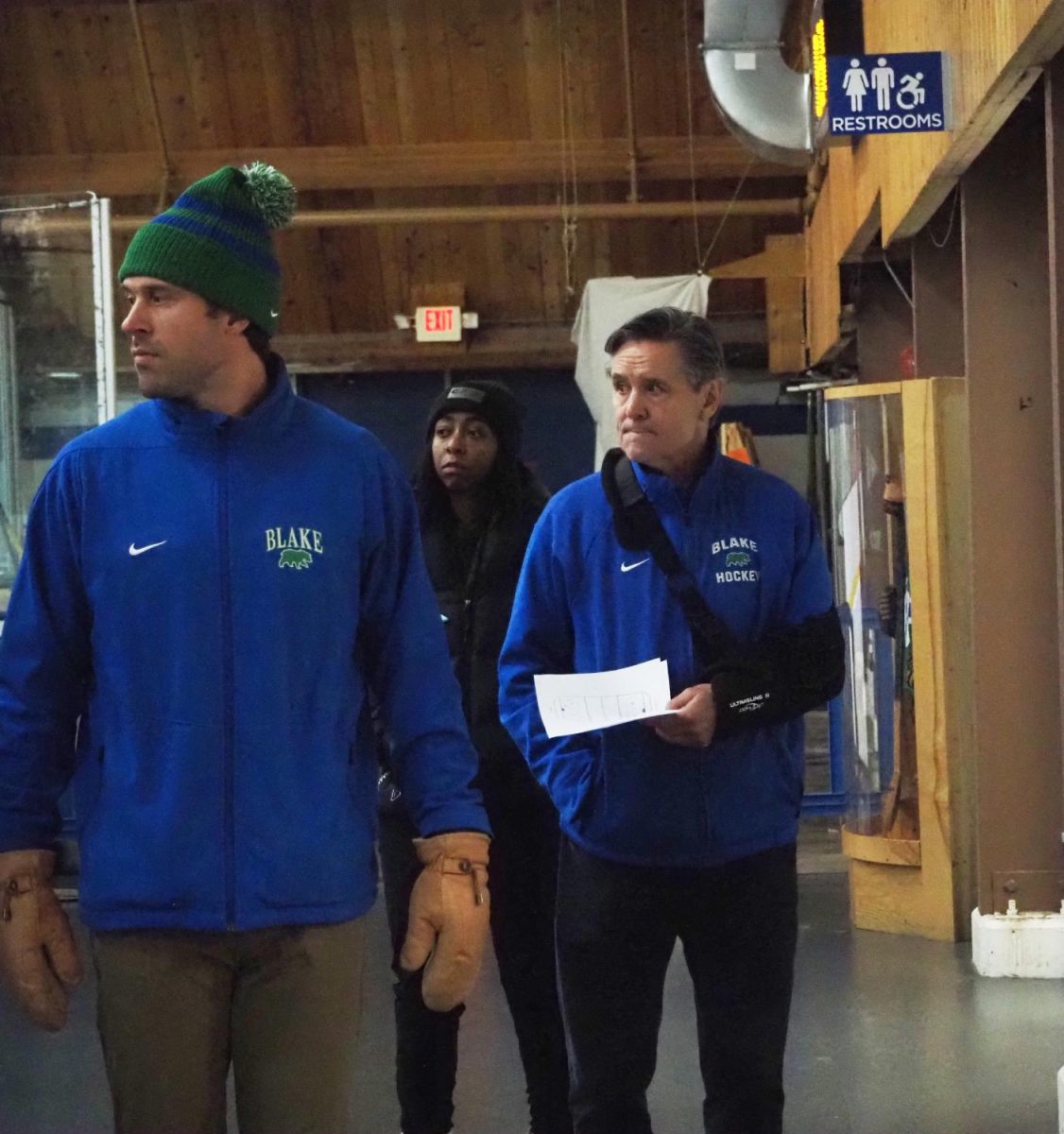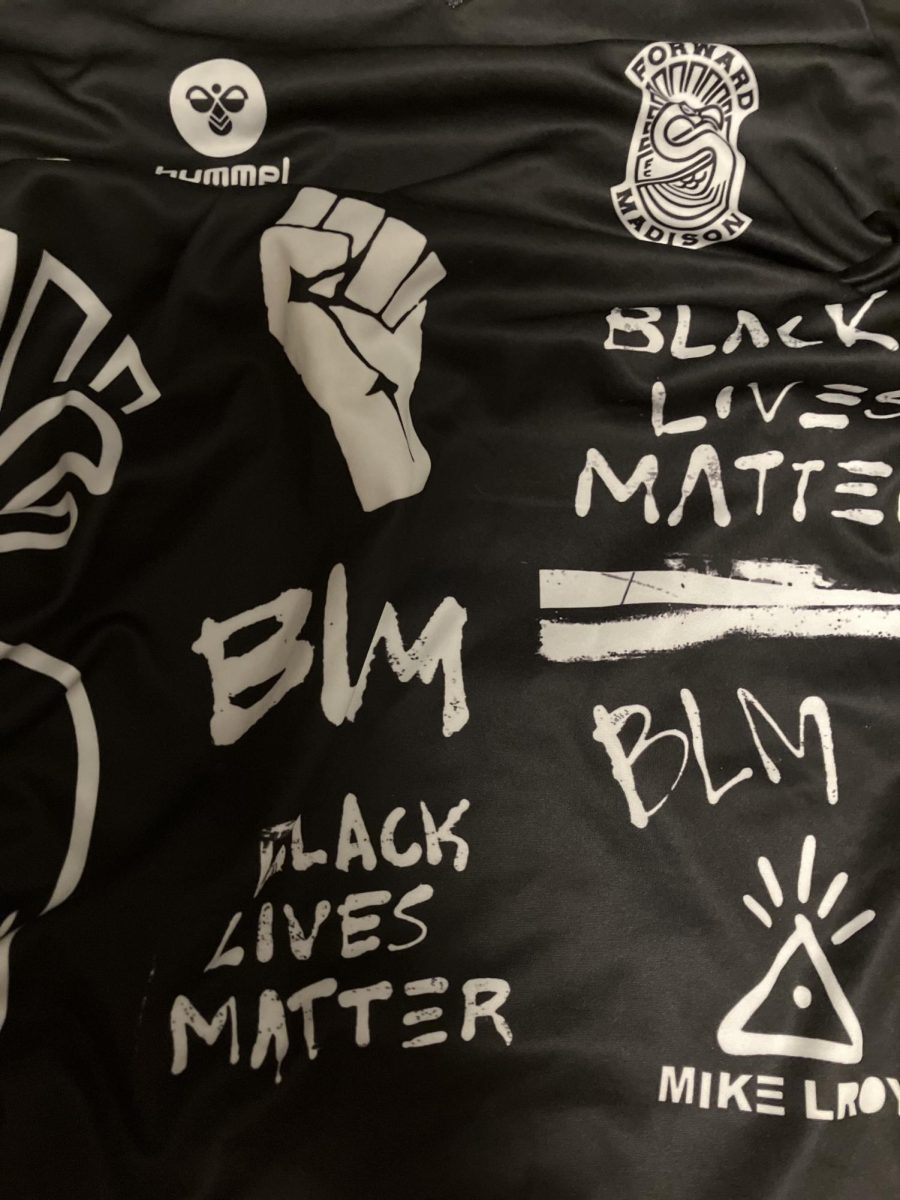According to Social Studies Chair Beth Calderone, “In modern American history, there is no greater champion of women’s rights” than late Supreme Court Justice Ruth Bader Ginsburg. While serving on the court, Ginsburg not only left her mark on feminism but also changed the way Americans see gender, working to eliminate discrimination both at home and in the workplace.
As a litigator with the American Civil Liberties Union in the 1970s, Ginsburg won ground-breaking sex-discrimination cases, challenging laws that governed family life and gender roles. Calderone explains Ginsburg’s winning tactic: “Turning eyes toward how gender discrimination written into law not only affected women but men too.”
She says Ginsburg was an expert in “knowing what arguments would turn the minds of an all-male Supreme court.” Reed v. Reed was her most famous win: the first time courts agreed that gender discrimination shouldn’t be tolerated under the Fourteenth Amendment, which ensures equal protection for both sexes.
“I do think that she was a liberal icon, a feminist icon. She kind of encompassed everything that is liberal,” says Lorna Kruesel ’21. However, Calderone cautions against this idealization: “She almost became a cartoon, a liberal superhero. And I think I had trouble with that because we are in a hyper-partisan moment in time.”
Calderone continues, “I think itís important to note that she’s way more complex as a jurist and a judge and actually just as a figure in American history than simply women’s rights or gender.” Although Ginsburg was a strong advocate for women’s rights, she was no friend to Native Americans and held a moderate position in regard to criminal justice. Calderone says, “Because we set her up to be this sort of superhuman woman, and she is in her own right, I think we set ourselves up to be disappointed when she doesn’t fit all the boxes of what we think of as a liberal.”
“I think her legacy is that we really need to hold her up to someone whoís complex,” Calderone asserts. Someone who had this really close relationship with Antonin Scalia, who was sort of her arch-nemesis at the court but the best of friends when they would go to opera together,” explains Calderone. Ginsburg’s ability to find common ground with Justice Antonin Scalia set her apart. Even though they had different opinions in court, they shared common values and a commitment to upholding and interpreting the law to the best of their ability. Ginsburg’s and Scalia’s relationship serves as a model for others, revealing that party differences don’t have to separate people.
Hopefully, young people will recognize the complexity and nuance of Ginsburg’s legacy but also see that simplifying her to a superhero is important in understanding its impact. Without her work on the court, women wouldn’t be able to perform their gender as they wish. Kruesel speaks to this idea: “I’ve been a big fan of her, and she’s been a role model for me since I was a freshman.” Kruesel continues, “I think that people are grieving by celebrating her, which I think is what we need.”













